Article: Certified vs. “Complies To”: What You Need to Know Before Buying a Safe
Certified vs. “Complies To”: What You Need to Know Before Buying a Safe
Certified Vs Compliant- The Real Difference
When it comes to buying a safe, the words on the label matter more than most people realise. Recently, more safes are entering the market with claims like “complies with European standards”. At first glance, that sounds reassuring.
But here’s the catch: “complies to” is not the same as being officially certified.
And if you ever have to claim on your insurance after a break-in, that difference could mean the difference between being covered… or left out of pocket.
Certified Safes: What It Really Means
When a safe is certified, it has been independently tested and verified by an accredited European certification body. These safes undergo in depth testing against real-world attacks such as cutting, drilling, prying, even fire exposure, before being awarded an official security grade.
- Certification means tested, verified, trusted.
- Recognised by insurers worldwide.
- Clear security grading (e.g., EN 1143-1 Grade 1,2, 3).
In other words - with certification, there’s no guesswork. You know exactly what protection level you’re buying.
“Complies To”: Why It’s Not Enough
When a manufacturer says their safe “complies to” a standard, what they’re really saying is that they built the safe with the standard in mind. But it hasn’t been independently tested or verified.
- No official grading.
- No independent testing.
- Often cheaper, but with no guarantee.
It’s a bit like a car manufacturer saying their car “complies with crash test standards” but never actually putting it through a crash test. Would you trust it on the road?
The Insurance Problem
Most insurers require that safes used to store cash, jewellery, or other valuables are certified to a recognised standard. If you buy a “complies to” safe, you risk:
- Your insurer rejecting your claim after a burglary.
- Losing thousands in unrecoverable losses.
- False peace of mind that your safe meets a higher standard than it actually does.
How to Protect Yourself as a Buyer
- Look for official certification marks – e.g., ECB·S, VdS, or equivalent.
- Check the safe’s grading – Speak to your supplier and your insurer and find out what’s really covered.
- Ask your supplier directly – Is this certified or just complies to? If they can’t prove certification, that’s your red flag. Or take the hassle out of it completely and just buy your safe from Challenger, where we offer transparent and honesty support for your safe requirements.
Challenger’s Role: Cutting Through the Jargon
At Challenger, we know the safe industry can feel full of technical terms and confusing labels. Our role is to make it simple:
- Our team is here to help you, we can recommend and supply fully certified safes that meet your insurance needs.
- We’re here to decode the jargon so you can make confident, informed decisions.
- And if you’re not sure about a safe you’ve seen on the market, send us a message and our team can help guide you.
The Bottom Line
Certified = trusted, tested, and insurer-approved.
Complies to = untested, uncertified, and potentially uninsured.
Don’t take the risk. Make sure the safe you invest in is the real deal.


Leave a comment
This site is protected by hCaptcha and the hCaptcha Privacy Policy and Terms of Service apply.